We have you covered
From design and installation to maintenance and support, we’re with you every step of the way, ensuring that your draft beer or beverage system meets your unique needs and preferences. All of our beer systems adhere to the Draft System Guidelines set forth by The Brewers Association, ensuring the quality and high standards you expect, and we’ll gladly help you select the appropriate long- or short-draw glycol systems, direct draw kegerators, or other equipment that delivers needed function and fits your space perfectly.
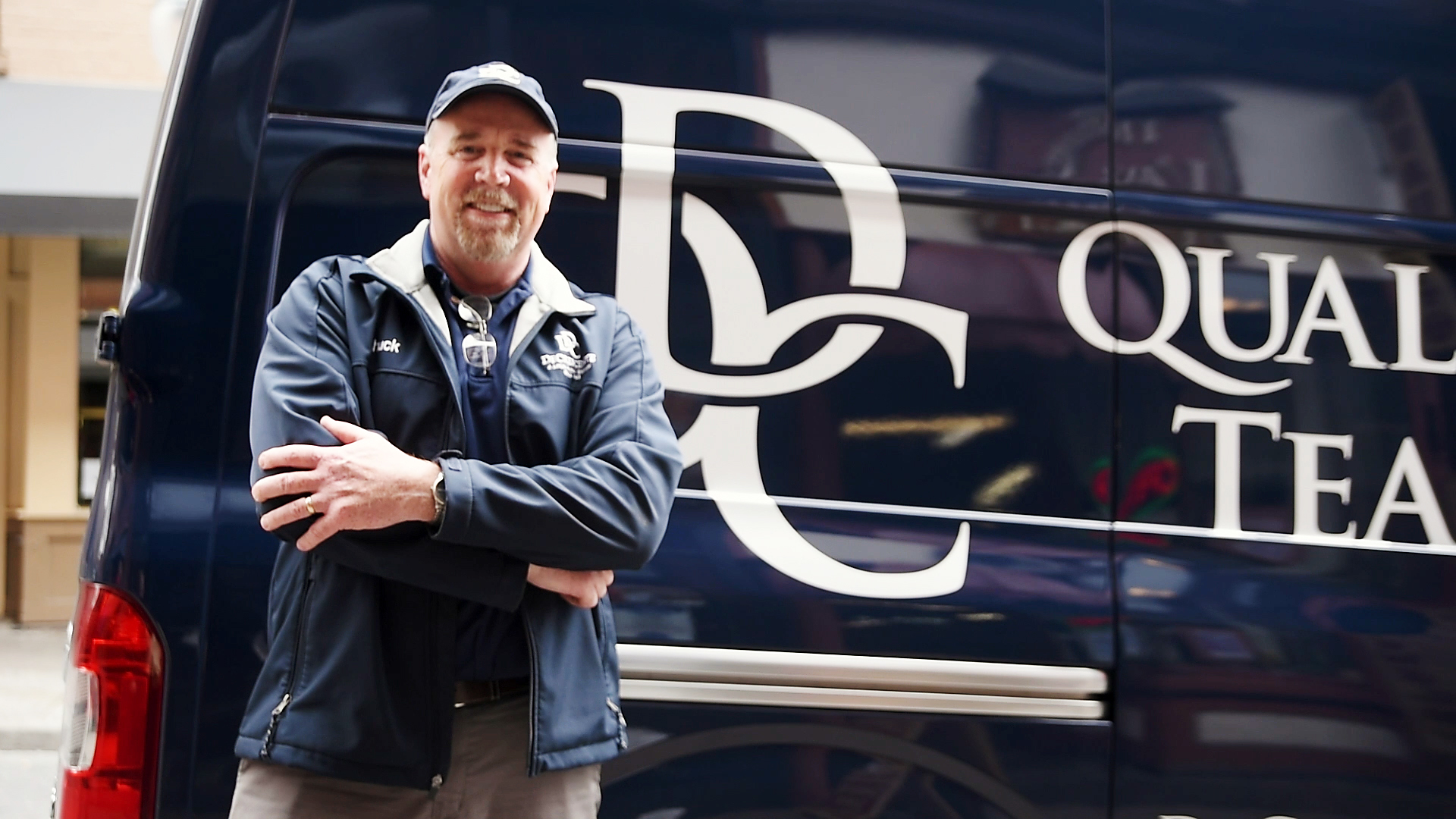
Trained and Certified Installers
We will design a system that meets your budget and adheres to strict quality standards
Our team of professional installers is more than qualified to help you hit the ground running with systems designed for beer or wine. With only the highest-quality equipment, professional installation, and ongoing maintenance and support services to ensure maximum performance, our custom draft beer systems are well positioned to streamline your operation and provide the consistent quality your patrons expect, ensuring satisfaction and helping you build a strong reputation and revenue stream.
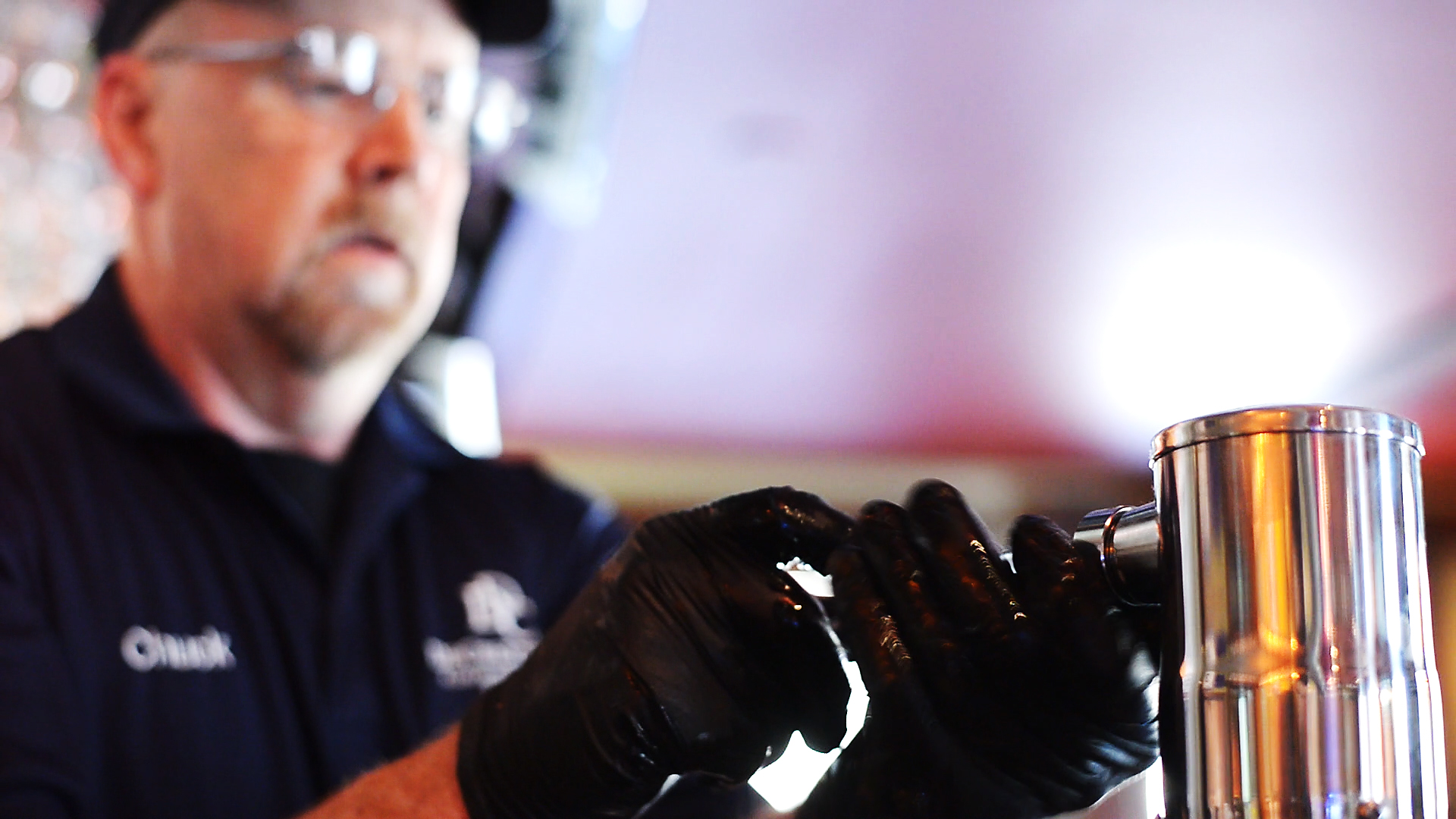
Certified Technicians and 24/7 Customer Service
Our experienced techs are trained and certified by the following industry leaders:
- Micro Matic Dispense Institute
- Perlick
- MillerCoors
- Guinness
- Siebel Master
We are proficient in the following systems:
- forced air
- glycol
- direct draw cooler
Plus, our dedicated service department is there when you need us most. We will return your call within 1 hour and be on-location within 24 hours.
Recent Draft Installations
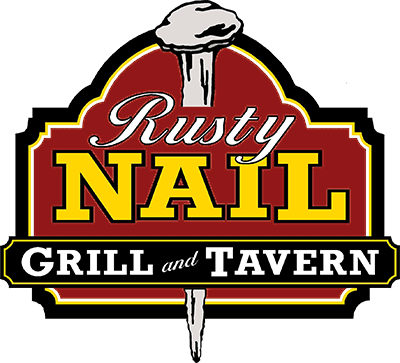


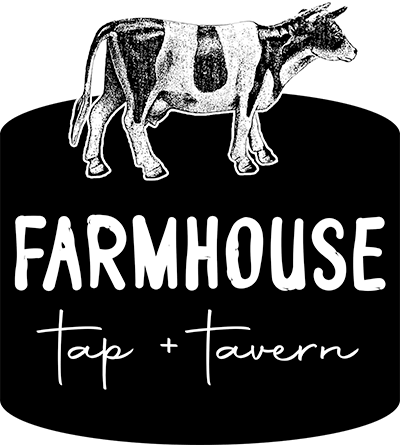

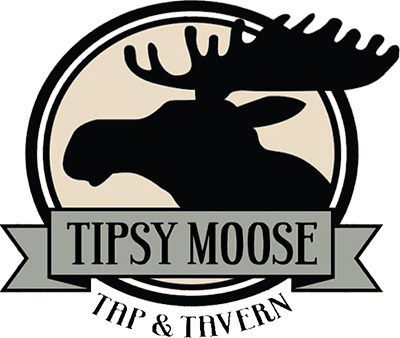


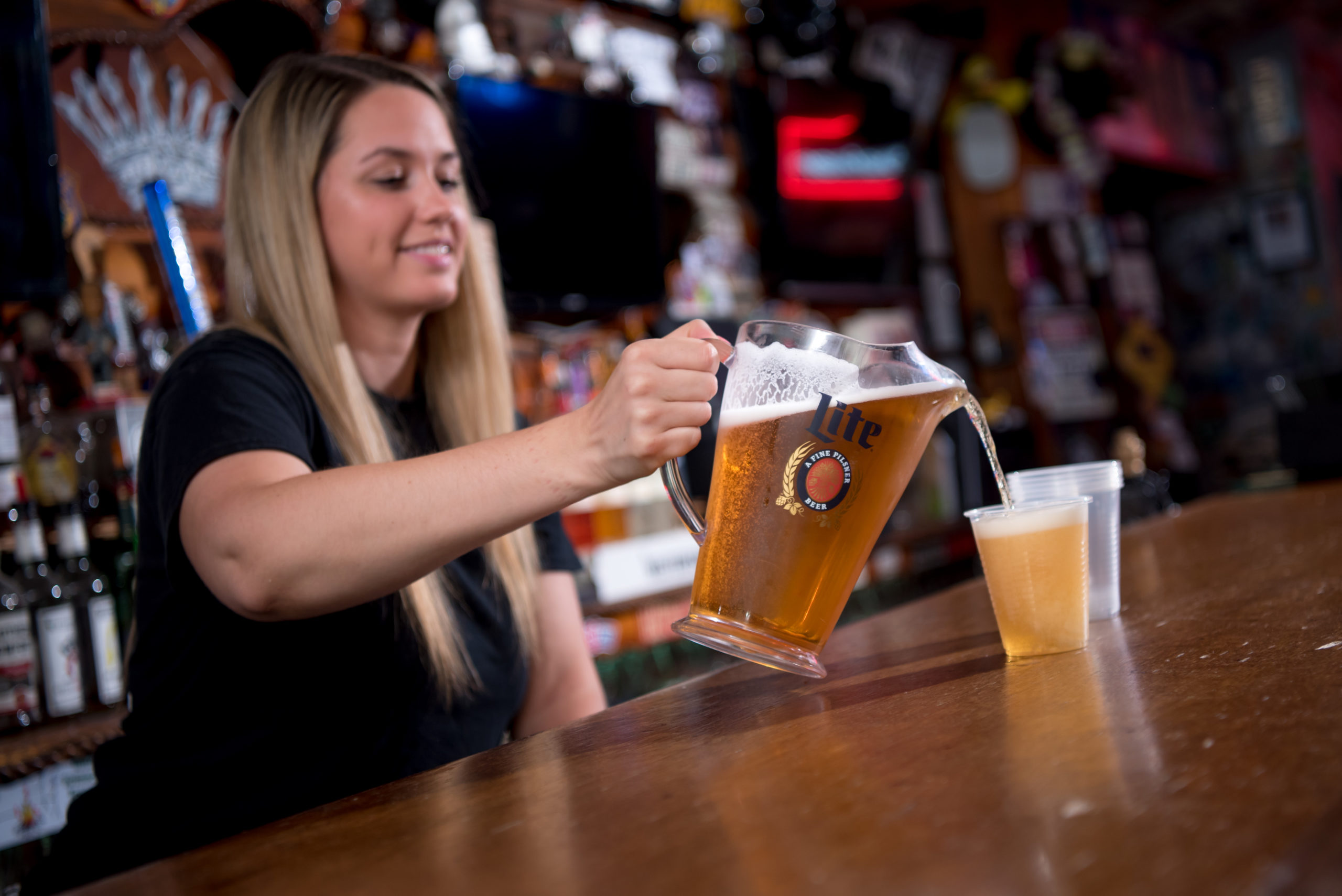
Ready to start pouring?
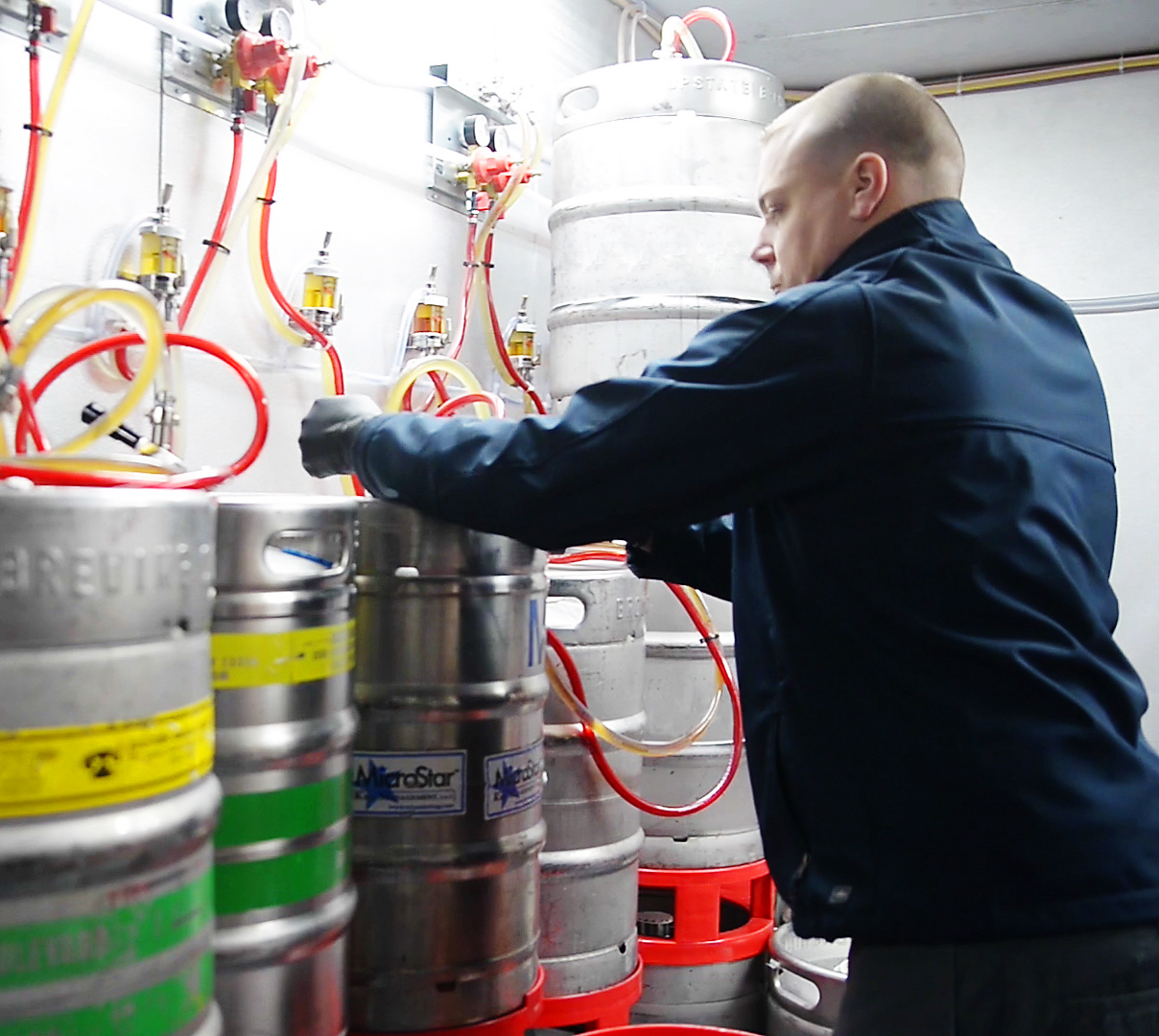
Common Troubleshooting
Almost all dispensing problems are the result of improper temperature, improper pressure, or cleaning issues
Wild Beer: all foam or too much foam
- Beer temperature is too warm
- CO2 pressure is set too high
- Faucet is installed incorrectly, is dirty, or is worn
- Kinks, twists or other obstructions are in the beer hose
- Beer drawn improperly
Flat Beer: Foamy head disappears quickly and/or beer lacks fresh flavor
- Beer temperature is too cold
- CO2 pressure is set too low
- Dirty glassware
Cloudy Beer: Beer in glass appears hazy
- Frozen or nearly frozen beer
- Beer has been un-refrigerated for a long period of time
- Old beer
- Dirty faucet, beer hose, and/or keg coupler
- Dirty Glassware
False Head: large soap-like bubbles and/or foamy head dissolves quickly
- Dry glasses
- Improper pour
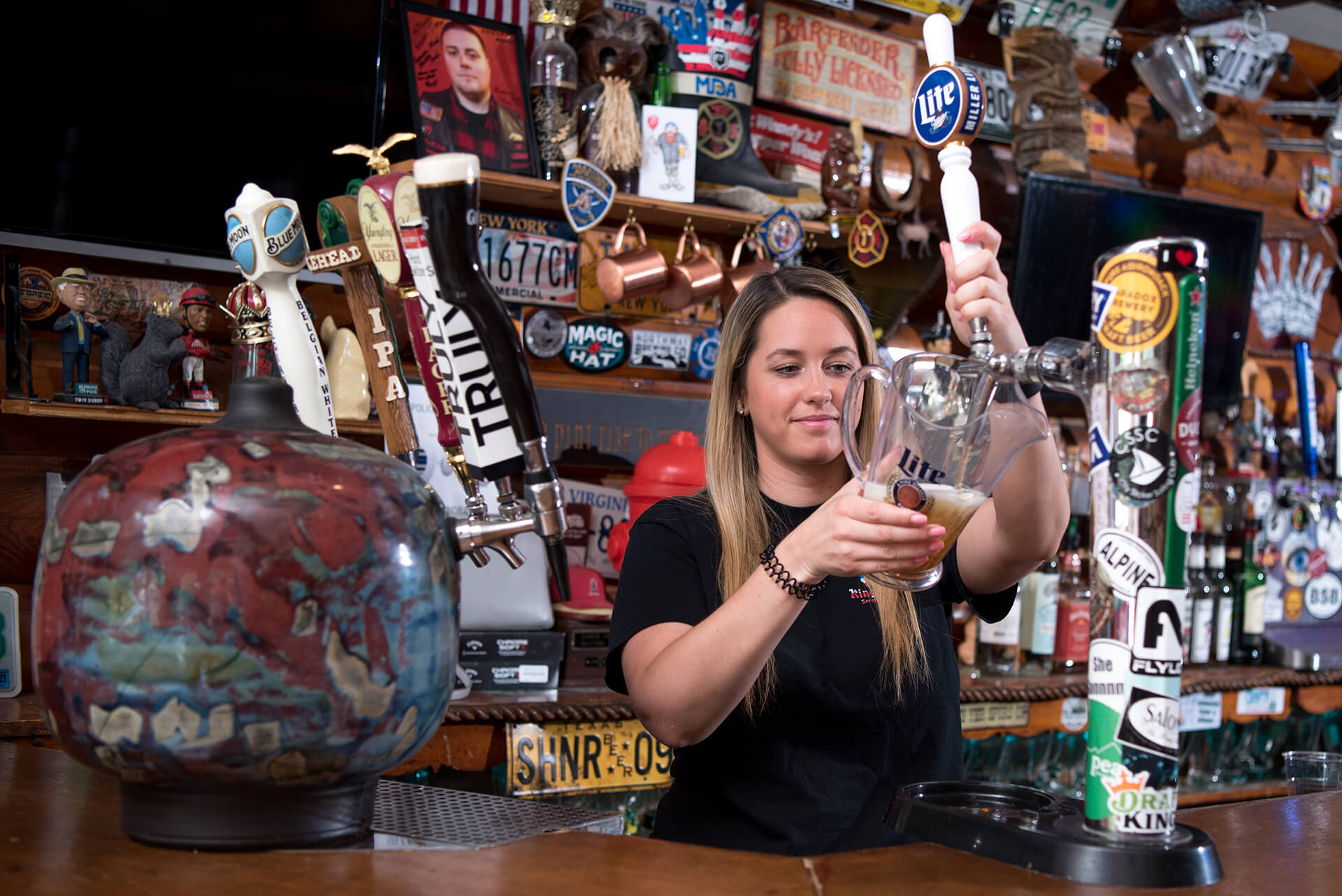
FAQs
What's a quick check list to ensure proper dispensing?
- The keg should be stored between 36-38° F and the same temperature should be maintained all the way to the point of dispense
- The CO2 pressure should be between 12-14 lbs
- The faucet, beer line, and keg coupler should be cleaned (with chemicals specifically manufactured for beer hose cleaning) on a regular basis
At what temperature should draft beer be stored?
Temperature is by far the most important issue when it comes to dispensing keg draft beer. Almost all draft beer problems are temperature related. Most draft beer brewed in the U.S. is not pasteurized, so it must be kept cold. The temperature of non-pasteurized ale & lager type beers must be maintained between 36-38° F all the way to the point of dispense.
Temperatures even half a degree above 38° F will cause CO2 to break out of the beer and result in foam and promote sour/cloudy beer. When temperature rises above 50-55° F, bacteria growth rapidly begins to spoil flavor and cloud the beer. Simply put, keg beer storage can be compared to milk storage: “if it is not kept cold, it will spoil.”
The air temperature in the refrigerator can fluctuate greatly when the door is opened. Therefore it is important to check the “liquid” temperature of the beer rather then the air temperature in the refrigerator. The ideal method for monitoring the liquid temperature (inside the keg) is done by use of a liquid thermometer. Such thermometers are enclosed in a casing filled with liquid; this provides a constant accurate reading of the liquid (beer) temperature within the refrigerator.
Another method for monitoring the liquid temperature (beer inside the keg) is to put a glass of water in the refrigerator with a thermometer in it. Allow the water to chill for 24 hours, and then you will have a accurate reading of the “liquid” temperature. Additionally, if your draft beer is being dispensed away from the refrigerator, the temperature of the dispensed beer should be monitored. This is to make sure the 36-38° F temperature is being maintained all the way to the point of dispense.
To check the dispense temperature, simply pour beer into a glass and use a thermometer to read the temperature – in a proper system this will match the liquid temperature inside the kegerator. If a walk-in cooler is being used for keg storage, try to limit the traffic in and out as opening and closing the cooler with result in increased storage temperatures. If this cannot be prevented, it is recommended to install flexible clear plastic air curtains or an electric air curtain to prevent cold air from being lost when the cooler is opened.
At what pressure should the CO2 beer regulator be set?
When dispensing keg draft beer, the goal is to keep the CO2 level prescribed by the brewer. Any change in the CO2 level will alter the taste, pouring characteristics and appearance of the beer.
Most breweries in the U.S. recommend a CO2 pressure between 12-14 lbs for ale and lager types of draft beers. This CO2 pressure will maintain the level of carbonation specified by the brewery. If you are unsure what the recommended CO2 pressure is for the beer you are dispensing is, inquire with the company you are purchasing your kegs from. If they do not know, they can make a quick call to the beer distributor or brewery to find out this information.
As there are literally tens of thousands of breweries and brands of draft beer available, it’s simply not possible for Micro Matic to maintain a listing of the proper CO2 pressure for every brand of draft beer.
If the draft beer is dispensed with too low of a pressure, the CO2 that is dissolved in the beer will “break out” of the beer. Initially this will cause the small bubbles of broken out CO2 to float up the beer hose which will result in foamy beer. Over time, the low pressure will result in flat beer.
If the draft beer is dispensed with too high of a pressure, eventually more CO2 will be absorbed into the beer. Initially, this will not cause any problems, but over time this will result in over-pressurized foamy beer.
Important Note: Pressure can vary based on distance from the keg. See one of our beer specialists if you have any problems.
What keg sizes are available for draft beer?
The quarter keg (pony keg) is also used in two variations that are the same capacity but have the slightly larger 17″ diameter. These are the rubber sided version and the bulged non-straight wall version (used by Miller-Coors Brewing Company).
Availability of each size of keg will vary by brand of beer and location. You should inquire with your beer supplier to find out which brands of draft beer are available in your area for immediate pick-up, which ones need to be special ordered, and in which size keg those particular brands are available.
When inquiring with your local draft beer supplier, keep in mind that they usually only stock the most popular brands of beer and keg sizes. But local draft beer suppliers usually get deliveries from the beer distributors or breweries once per week. If the brand or keg size you are interested in is available, and if given a few days notice, they are usually happy to add it to their next delivery.
As there are literally tens of thousands of breweries and brands of keg draft beer available, it’s simply not possible for Micro Matic to maintain a listing of the sizes of keg, or area in which, each brand of draft beer is available.
In general, at least 5″ to 6″ of clearance needs to be allowed above the keg for the keg coupler and beer hose. If you have limited space, an elbow fitting can be used to reduce the clearance to 4″. In applications where there is hardly any clearance available, a low profile keg coupler that requires only 1″ above the keg can be used.

